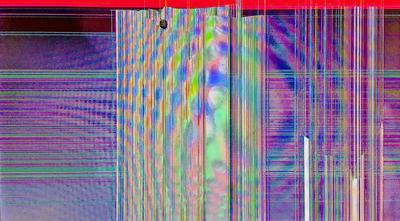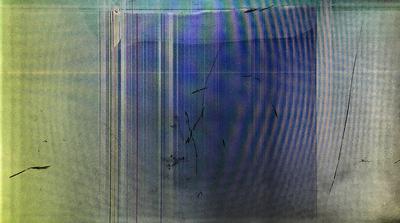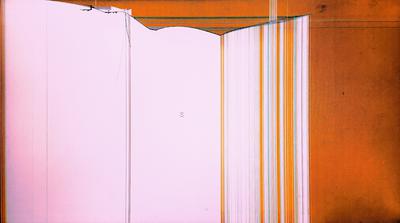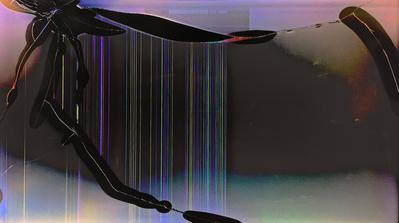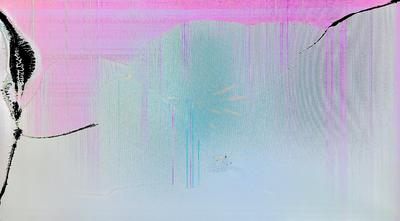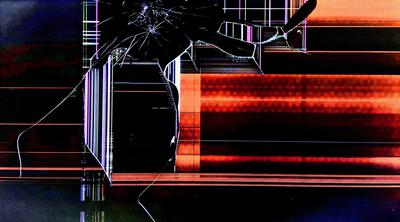Collections >
PMA2 - Philosophical Modern Art 2
[ Previous / Next ]
This collection presents itself as a sequel to PMA, which is notable because PMA is the eleventh collection ever created of Modern Art - it predated this website, and the compositional styles and focus that came to characterize later collections. Furthermore, its title was derived from the personal circumstances surrounding its creation, and not from its subject matter. This collection strives to take a proper approach to the subject of philosophy as represented by Modern Art, in an effort to rectify that. Starting off, Pockmarks and Depth is an abstract, neutral work whose title refers to its composition rather than its meaning or theme. The polka-dot motif is on full display here, emphasized by the shading style and by the texture. In the true philosophical fashion, the work is a blank slate, inviting the viewer to find their own meaning. Pillarlike Ethereal Properties is interesting in how it recognizes its own archetype and questions it. The work is wider than most pillar-like works, with a more interesting background color, but the shape of the top of the pillar helps with conveying this attitude as well, being constantly variable and unsure. Watcher of Arbitrariness sees itself split into several different parts; an active, intense right side with red and orange beams, and a passive, calm left edge with only a couple of lines and some gentle blue-gray dust fading out the edges. A figure towards the center, with cracks emphasizing three eyes, watches over the other parts of the work, reaching out to maintain control and direct. Shade Aurora is somewhat of an inverse of a typical aurora; the focal area is darker than its surroundings, and actively less colorful. However, the work's colors are also somewhat off, either too dull or a too off-tone, not blending too well with each other and seemingly fitting awkwardly. The gentral area, the aurora of shade, is the most cohesive and confident part of the work. But my personal favorite work this week is Celestial Astrology, a largely empty work with most of its activity on the edges. The most cohesive element of the work is the circle at the bottom-left, resembling a moon or planet; the second most notable element is the crescent-shape towards the top. Together with the figures to the right side of the image appearing to observe them, the work presents itself as a study of these things, for the purpose that its title describes. Please enjoy!

